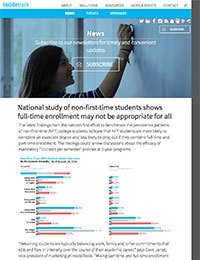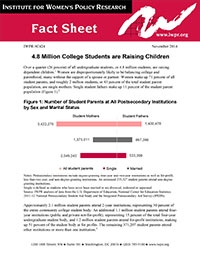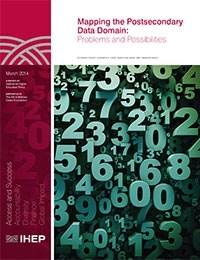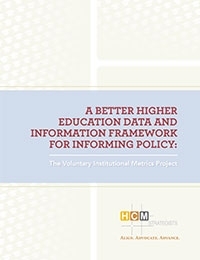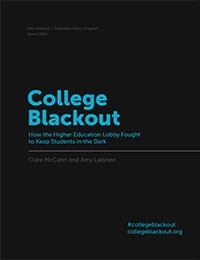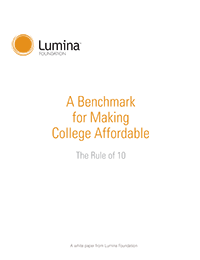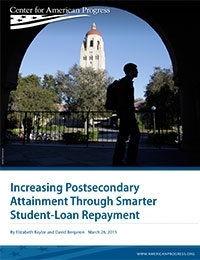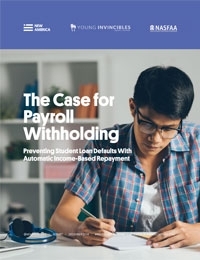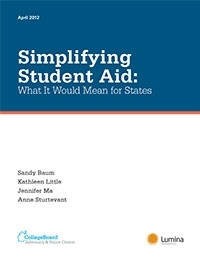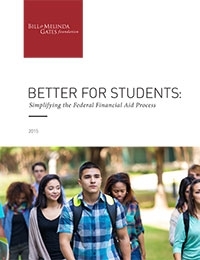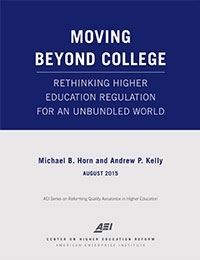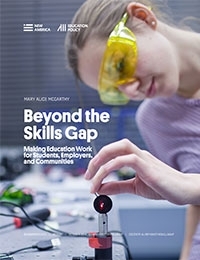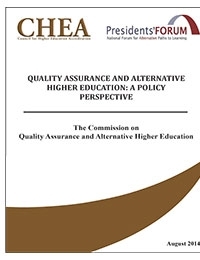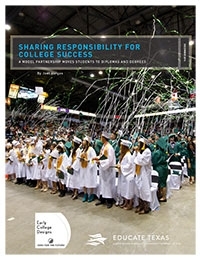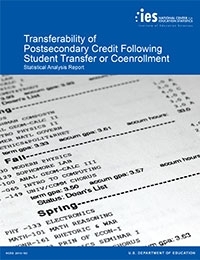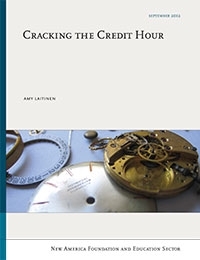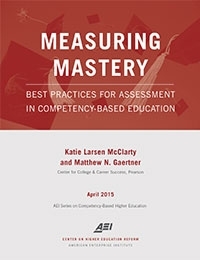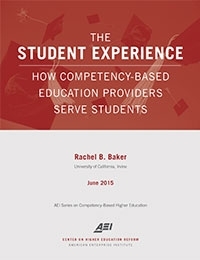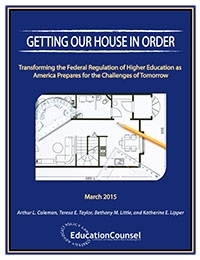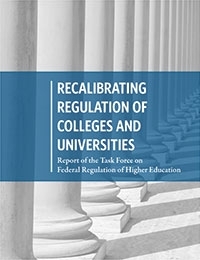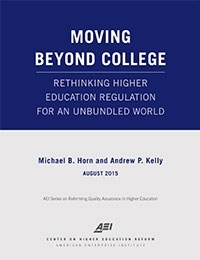Data that students and policymakers can use
Data gathered about students should represent the full spectrum of today’s students, not just first-time, full-time enrollees. Policymakers and students need actionable, useful information to make smart decisions about post-high school learning.
Students need clear information to make good choices about programs and costs, including the likelihood of success of other students who are like them. The current data, centered on a small subset of students, do not allow for such projections.
Policymakers need to be able to assess institutional and programmatic success for the entire student population to make smart policy choices for today’s students.
Require institutions to report data on all students, not only first-time, full-time students.
Ensure that metrics and data are comparable across providers and states considering a significant percentage of today’s students transfer among institutions and across state lines.
Yesterday’s student aid system doesn’t serve today’s students
Financial aid should be redesigned with a focus on the needs of today’s students, especially those who are on their own financially and need to attend classes outside the traditional two-semester approach. Applying for aid should not be a barrier.
Self-supporting students struggle with the costs of housing, transportation, and child care, compounding woes about loan debt and making it less likely they will graduate.
Today’s students are more likely to attend classes outside the two-semester schedule.
Ensure that aid is flexible enough to meet unique needs that may arise throughout a student’s term. This includes the ability to draw down student aid regardless of current award year limitations to account for both anticipated and unanticipated costs of textbooks, transportation, housing, and child care.
Student loans should be repayable in a reasonable period and at a reasonable rate.
Additional aid should be available to students to incentivize year-round registration and to facilitate acceleration to a high-quality degree or credential.
Encourage innovation to keep up with today’s students
Federal policies ought to be flexible so that colleges and universities can develop break-the-mold practices and programs for maximizing the success of today’s students. Rigid rules around financial aid and other issues stifle schools’ ability to innovate so that all students’ needs can be best met.
Today’s students are learning in a variety of places. Federal policy can support pathways so that all of students’ learning, including from the workplace, can be counted toward a degree or credential.
Modes of educational delivery are changing to engage today’s students outside of the traditional classroom.
Recognize high-quality learning wherever it’s obtained — in traditional settings, in the military, on the job, etc.
Encourage postsecondary education providers, including institutions of higher education and non-institutional postsecondary providers, to collaborate with one another to develop the best path to a degree or credential for students.
Streamline and eliminate unnecessary regulatory barriers to institutional change and student success, allowing institutions to focus on student needs and student outcomes, including through risk-informed regulatory approaches.

